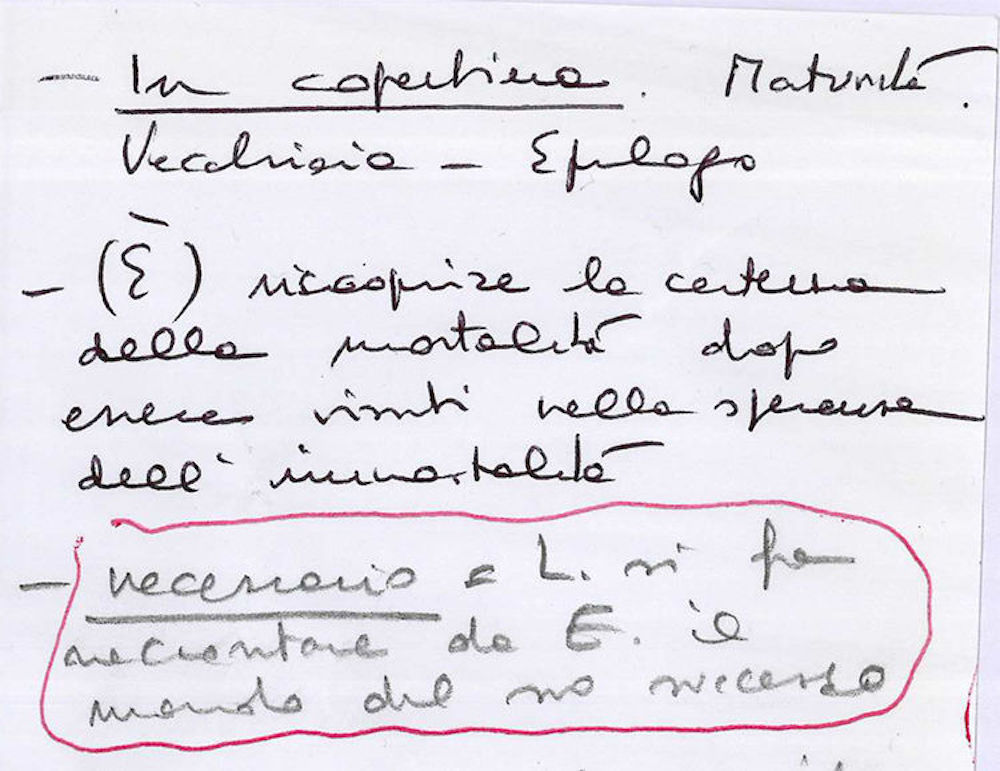There's a space joke so old you're unlikely to find its provenance in 1 (2022) Full Pinoy Moviethe internet: If you want to visit the sun, go at night.
If you're scratching your head about the punchline, that's because the sun, our solar system's star that provides heat and light, is a blindingly bright, radiating orb — even after sunset, when Earth's daily rotation makes it disappear below the horizon.
It goes without saying that the sun is hot, but actual temperatures at the sun might surprise you.
This Tweet is currently unavailable. It might be loading or has been removed.
The hottest part of the sun is in its core, where the temperature can rise to an unfathomable 27 million degrees Fahrenheit (or 15 million degrees Celsius), according to NASA. Meanwhile, the sun's surface is a comparatively cooler 10,000 degrees Fahrenheit (or 5,500 degrees Celsius).
Of course, 10,000 degrees Fahrenheit is still scorching hot — five times hotter than the glowing, red-orange lava belching from volcanoes on Earth. The temperature of the sun's surface is one NASA administrator Bill Nelson often references when comparing the heat a spaceship encounters as it's re-entering Earth's atmosphere.
"Orion will come home faster and hotter than any spacecraft has before," NASA Administrator Bill Nelson told reporters in August 2022 before the Artemis I spaceflight. "It's going to hit the Earth's atmosphere at 32 times the speed of sound, it's going to dip into the atmosphere, and bleed off some of that speed, before it starts descending through the atmosphere."
When the uncrewed Orion spaceship came home from its maiden voyage in December 2022, it traveled 24,500 mph in 5,000 degrees Fahrenheit — half the temperature of the sun's surface, Nelson said. That singed the ship's protective heat shield, something engineers are investigating and possibly changing before the next Artemis mission, which will carry astronauts around the moon.
But one of the most confusing things about the sun's temperature is that its corona, its outermost atmosphere, is much hotter, and it only gets hotter the farther it stretches from the surface. Scientists estimate that the corona reaches up to 3.5 million degrees Fahrenheit (or 2 million degrees Celsius).
Scientists call this mystery the "coronal heating problem."
 Astronomers have discovered 'shooting stars' on the sun's surface. Credit: Patrick Antolin / ESA / Solar Orbiter / EUI / HRI
Astronomers have discovered 'shooting stars' on the sun's surface. Credit: Patrick Antolin / ESA / Solar Orbiter / EUI / HRI Want more scienceand tech news delivered straight to your inbox? Sign up for Mashable's Light Speed newslettertoday.
"The corona, the sun's outer atmosphere, is several-hundred times hotter [than the surface]," according to a NASA explanatory video below. "That's the opposite of what happens with a fire when it gets cooler the farther away you get."
But scientists are trying to answer that question with the Parker Solar Probe mission. The spacecraft has been flying through the corona, gathering data for scientists to study its behavior. The probe completed its 17th close approach to the sun on Sept. 27, breaking its distance record by coming within 4.5 million miles from the surface.
Building instruments for the probe that could withstand the scorching heat without disintegrating — and continue taking measurements — was an engineering feat. The Solar Probe Cup, equipment designed by scientists at the Harvard-Smithsonian Center for Astrophysics in Cambridge, Massachusetts, sits outside the probe's heat shield and catches some of the sun's plasma.
Though the cup glows like a fireplace poker as it swoops through the corona, it never reaches the millions of degrees of its environment.
To understand how that's possible its first important to distinguish the difference between temperature and heat: Temperature measures how fast particles are moving, while heat is the amount of energy they transfer.
 NASA's Parker Solar Probe has been flying through the corona, gathering data for scientists to study its behavior. Credit: NASA / Johns Hopkins APL / Steve Gribben
NASA's Parker Solar Probe has been flying through the corona, gathering data for scientists to study its behavior. Credit: NASA / Johns Hopkins APL / Steve Gribben A 100-degree day, for example, feels hot on people’s skin because lots of molecules in the air are quickly hitting their bodies, transferring heat, Anthony Case, the center’s instrument scientist, explained to Mashable in 2021.
"You can feel how hot, how fast they're moving. That's how we sense temperature," he said.
But in the vastness of space, there are very few particles, so there are fewer particles around to transfer energy — and, thus, heat.
"So even though it (could be) a million degrees, there's billions of times, or probably billions of billions of times, less particles than there are in the air on Earth," he said.
 Outdoor speaker deal: Save $20 on the Soundcore Boom 2
Outdoor speaker deal: Save $20 on the Soundcore Boom 2
 Staff Picks: Language, Liberation, and LaserJet by The Paris Review
Staff Picks: Language, Liberation, and LaserJet by The Paris Review
 Year on TikTok 2024: All the trends from brat summer to a Moo Deng in finance
Year on TikTok 2024: All the trends from brat summer to a Moo Deng in finance
 Year on TikTok 2024: All the trends from brat summer to a Moo Deng in finance
Year on TikTok 2024: All the trends from brat summer to a Moo Deng in finance
 Alienware M16 Gaming Laptop deal: Save $560
Alienware M16 Gaming Laptop deal: Save $560
 Introducing the Winners of the 2020 Whiting Awards by The Paris Review
Introducing the Winners of the 2020 Whiting Awards by The Paris Review
 Pink Moon by Nina MacLaughlin
Pink Moon by Nina MacLaughlin
 Redux: Montaigne Was Right by The Paris Review
Redux: Montaigne Was Right by The Paris Review
 Philips now allows customers to 3D print replacement parts
Philips now allows customers to 3D print replacement parts
 Jon Hamm's bad cop brings out the best in 'Fargo'
Jon Hamm's bad cop brings out the best in 'Fargo'
 Character AI reveals AvatarFX, a new AI video generator
Character AI reveals AvatarFX, a new AI video generator
 A Kind of Packaged Aging Process by Jan Morris
A Kind of Packaged Aging Process by Jan Morris
 Wordle today: The answer and hints for January 12
Wordle today: The answer and hints for January 12
 Announcing The Winners of the 2016 Whiting Awards
Announcing The Winners of the 2016 Whiting Awards
 Amazon requires sellers to use more efficient packaging, or pay up
Amazon requires sellers to use more efficient packaging, or pay up
 Whiting Awards 2021: Tope Folarin, Fiction
Whiting Awards 2021: Tope Folarin, Fiction
 'True Detective: Night Country' review: A can't
'True Detective: Night Country' review: A can't
 Walking Liberia with Graham Greene by Lucy Scholes
Walking Liberia with Graham Greene by Lucy Scholes
 Best Apple deal: Save $19 on AirTag 4
Best Apple deal: Save $19 on AirTag 4
 Redux: Spreading Privacies on the Internet by The Paris Review
Redux: Spreading Privacies on the Internet by The Paris Review
Women in STEM are being commemorated as Barbie Role ModelsAncient astronomers saw a supernova. Scientists just captured the explosion.Here's a list of the meme accounts that sold out to Mike BloombergEverything you can learn from recreating your relationship on the SimsHow to orgasm: Why feeling safe is the ultimate ingredientPolice are using Facebook chat logs to prosecute abortion seekersNancy Pelosi steals the show and rips up Trump's State of the Union speech'Children of the Corn' review: A Stephen King adaptation without the scaresHow ADHD may impact your sex lifeMeta will amend its elitist crossFine, break up with me... Can I still Instagram your dog?Twitter Blue is now available in 20 new countries in EuropeThese custom masks may not beat Face ID, but they could do some goodTwitter is having problems (again) and links and images appear broken'Daisy Jones and the Six' review: Can this fictional band be your next musical obsession?Team Trump's 'Keep Iowa Great' plane photo is getting mocked'Quordle' today: See each 'Quordle' answer and hints for March 8Apple's yellow iPhone 14 is like holding sunshine in your handHow millennials are saving the porn industryWhatsApp to make it easier to get rid of old groups you no longer need March Madness explained using 'Game of Thrones' characters Scientists expose coral reefs to acidic water and see impaired growth John Boyega praises inclusion riders, slams the 'secret rules of Hollywood' Russian hackers breached U.S. power plants Ocean acidification could hit the base of the marine food chain Leaked documents reveal how Amazon Prime Originals are making money YouTube CEO Susan Wojcicki talks conspiracy theories at SXSW Bali to shut down internet on smartphones for annual Day of Silence ‘Tears of Joy’ emoji, like real tears of joy, is on the outs Black Panther's Dora Milaje are getting their own comics spinoff Celebrate Pi Day with Raspberry Pi 3 Model B+, the newest Raspberry Pi Eddie Redmayne has paid a moving tribute to Stephen Hawking 5 Stephen Hawking clips that'll make you just a little bit smarter 5 RSS apps to use now that Digg Reader is dead Google rebrands Android Wear smartwatch software as Wear OS 'Steve' is a new kind of aurora, discovered by citizen scientists Overwhelming influx of donations crashes MND charity website following Stephen Hawking's death Chinese reporter's viral eye roll gets censored on social media 'This Is Us' finale theories: Is Beth dead? Uber employees 'really enjoyed' London play about Travis Kalanick
2.1216s , 10157.1484375 kb
Copyright © 2025 Powered by 【5 in 1 (2022) Full Pinoy Movie】,Unobstructed Information Network